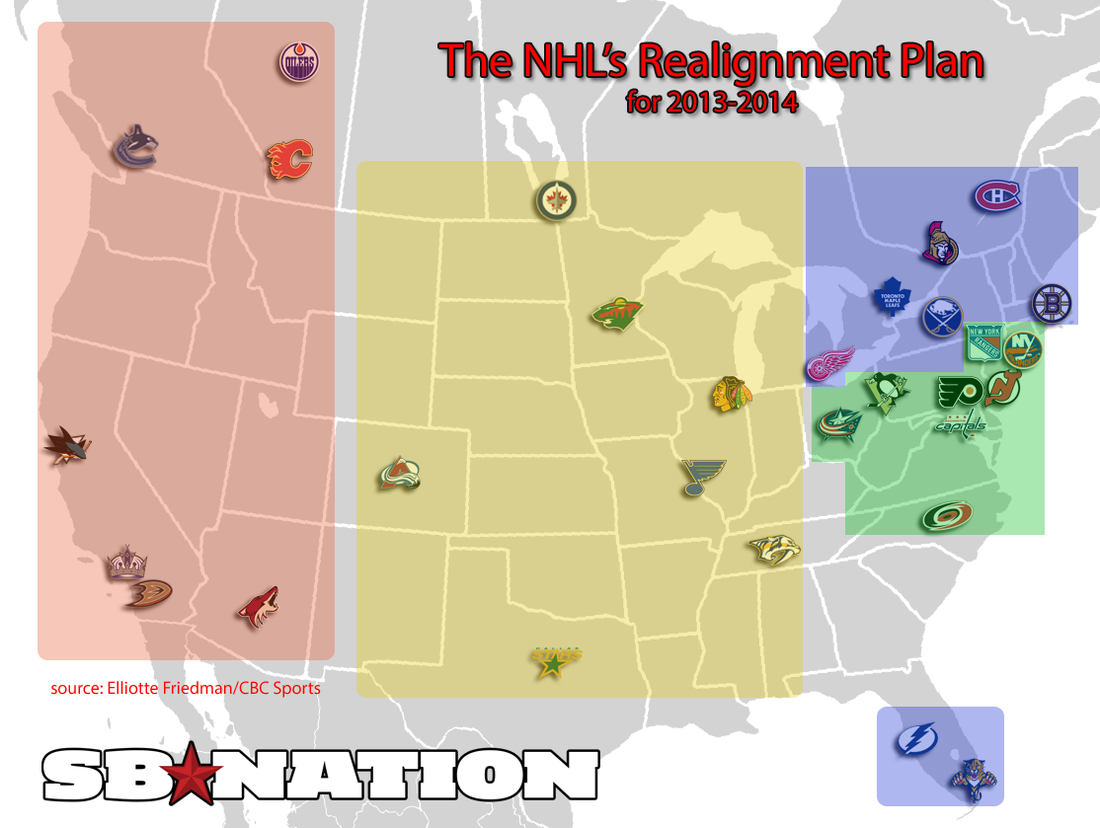

But it looks like Sankey has narrowed his choices down to two.You have reached a degraded version of because you're using an unsupported version of Internet Explorer.įor a complete experience, please upgrade or use a supported browser Time will tell what the SEC will look like after the 2022 season. Atlanta might be the opportune time to roll out the new concept. Sankey surely wants to have SEC realignment put to bed before the season starts, as he abhors off-the-field attention distractions during the season. SEC Media Days are July 18th – 21st in Atlanta. Sankey gave no indication on when the decision will be made, other than saying it needs to be done soon. The two teams with the best records, including tie-breakers, play in the Championship Game. This makes the Conference Championship Game selection much cleaner. That would help preserve many of the rivalries lost in an eight-game, one/seven format.Īdditionally, the strength of schedule would be as even or better than in pods. If they chose to go with a nine-game conference schedule, it would be three permanent rivals with six rotational opponents. The SEC could stay at an eight-game conference schedule if it so desired, with each team playing one permanent opponent and seven rotational opponents, and still get to every campus at least once every four seasons. If those eight teams are, say, Oregon, USC, Ohio State, Michigan, Florida State, Clemson, Miami, and Penn State, then you could have Pod winners playing in a national semi-final and those winners playing for the SEC/National Championship. It would be easy to add eight teams to the current sixteen-team format and have four pods of six teams. Imagine if the SEC really did want to take over college football. "Well, we kind of did that in January didn't we?" When asked about the idea of the SEC holding its own football playoff, he says: Greg Sankey currently sitting in the booth for the SEC baseball title game. The Pod Concept institutes a structure that enables future growth. But Sankey, like SEC Commissioners before him, has always had the long view on things. In the same interview, Sankey casually discussed the SEC putting on the national championship. There’s an intriguing aspect of the Pod concept, though. This format would also force the league into a nine-game conference schedule. Tennessee-Florida, Tennessee-Kentucky, and Alabama-LSU are also rivalries that would suffer in this format. One would think the SEC would not put Alabama, Auburn, and Georgia in the same pod, especially since you would have to put Florida in that pod or else lose the Georgia-Florida rivalry.

But because of competitive balance, that game is likely competing against the Iron Bowl. The Deep South’s Oldest Rivalry is the big question here. “D” Pod: Georgia, Florida, South Carolina, Kentucky “C” Pod: Alabama, Auburn, Vanderbilt, Tennessee

“B” Pod: Texas A&M, LSU, Mississippi, Mississippi State “A” Pod: Oklahoma, Texas, Missouri, Arkansas Second, this format will erode some long-standing rivalries. Must a participant in the Conference Championship Game be a Pod winner? Is it just the two teams with the best records, regardless of schedule strength? And, if so, what does the tie-breaker look like? First, it complicates the Conference Championship Game selection process. The drawback is three-fold for the league. A team in Pod “A” would play each other Pod “A” team yearly (3 games) and two of the four teams in each other Pod (B, C, and D) every year. The obvious benefit of this structure is it enables schools to get to all other campuses every four years. Each of the four pods would contain four teams. The Pod OptionĪfter the Oklahoma-Texas announcement, the most discussed option for SEC realignment was the “pod” concept. There’s no chance that SEC realignment ends up being two divisions of eight teams each. That’s a non-starter for anyone.Įven with a nine-game conference schedule and no permanent cross-over opponents, each team would visit each other cross-divisional team every eight years (on average). The means each team visits seven conference foes every other year and the other six conference members every 12 years (on average).

Currently, SEC teams play an eight-game conference schedule with six intra-divisional opponents, one permanent cross-divisional opponent, and one rotational cross-divisional opponent. It’s obvious that the first option, two eight-team divisions, is not a viable option.


 0 kommentar(er)
0 kommentar(er)
